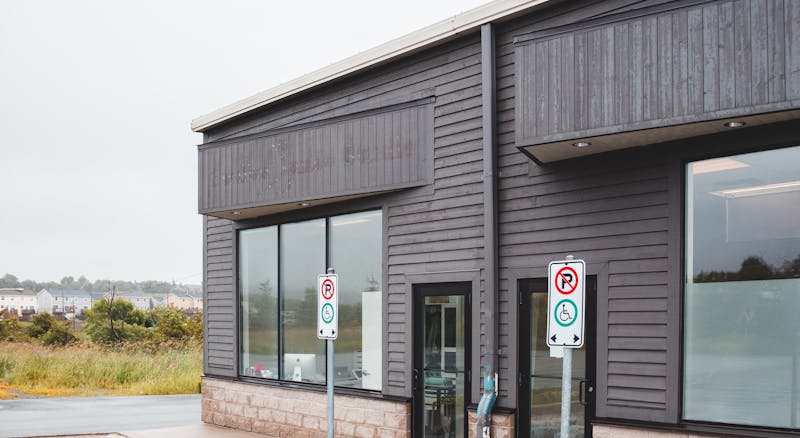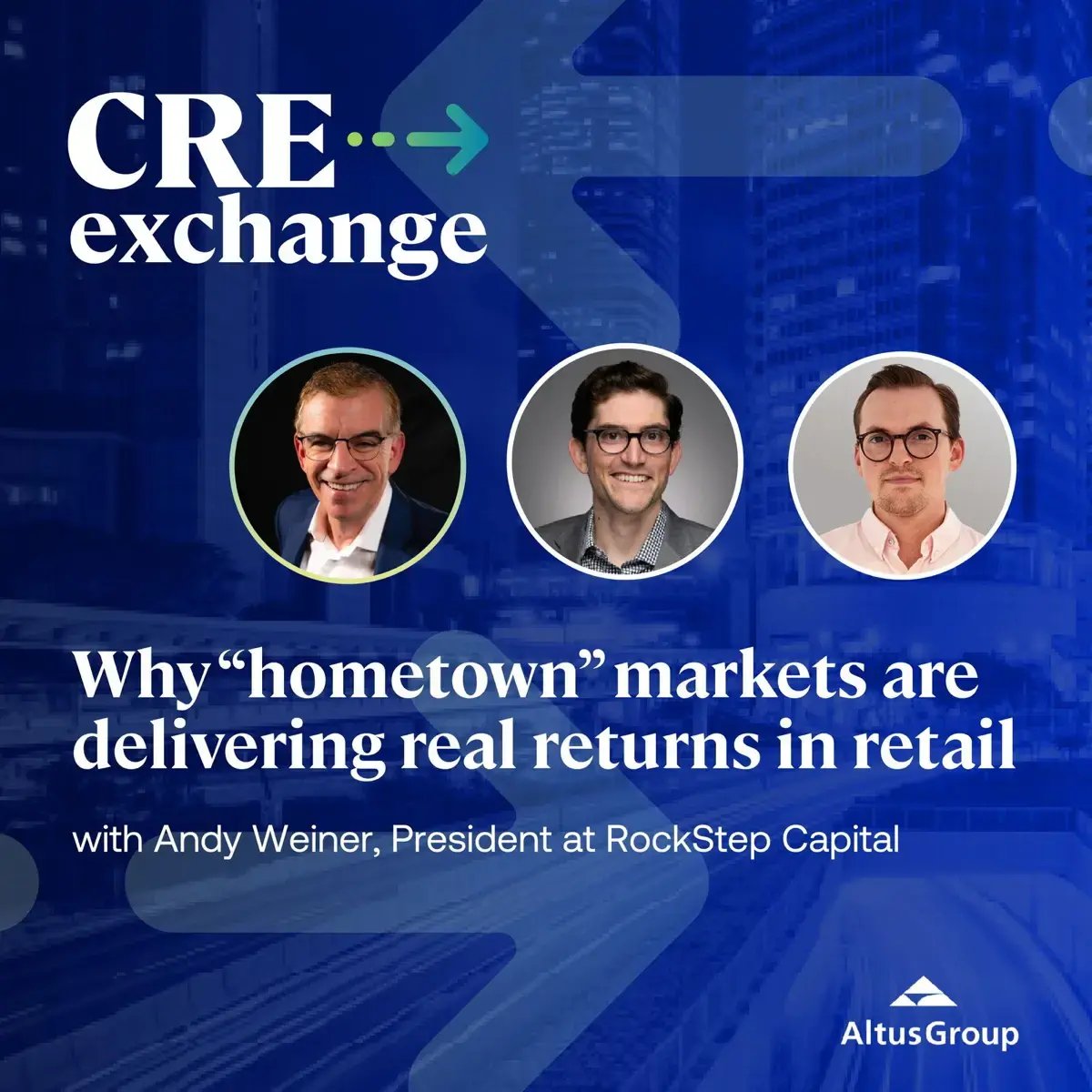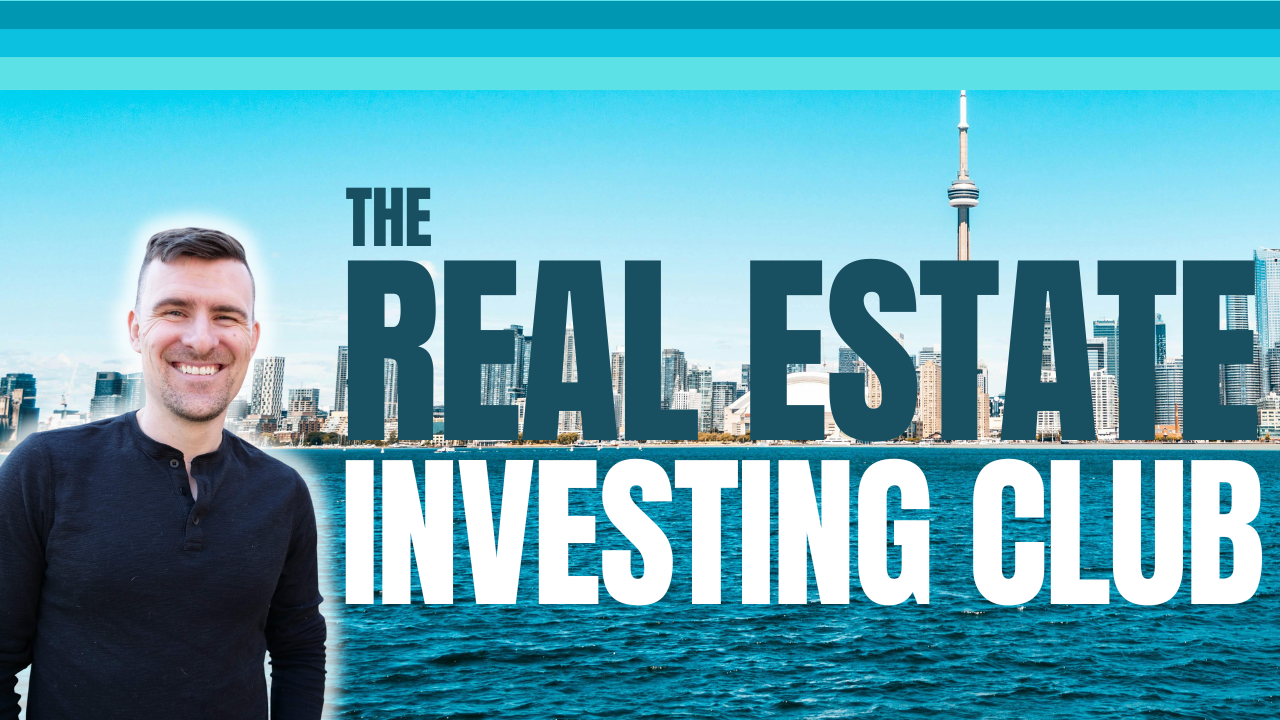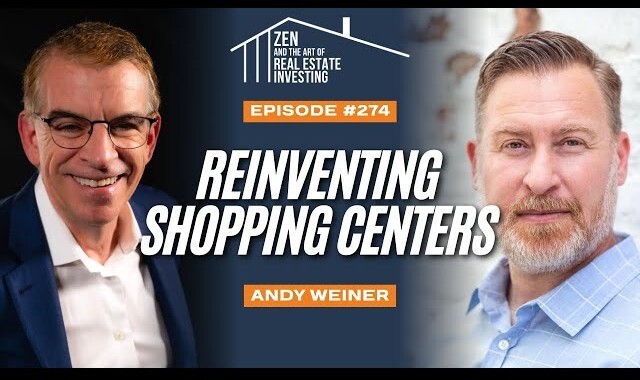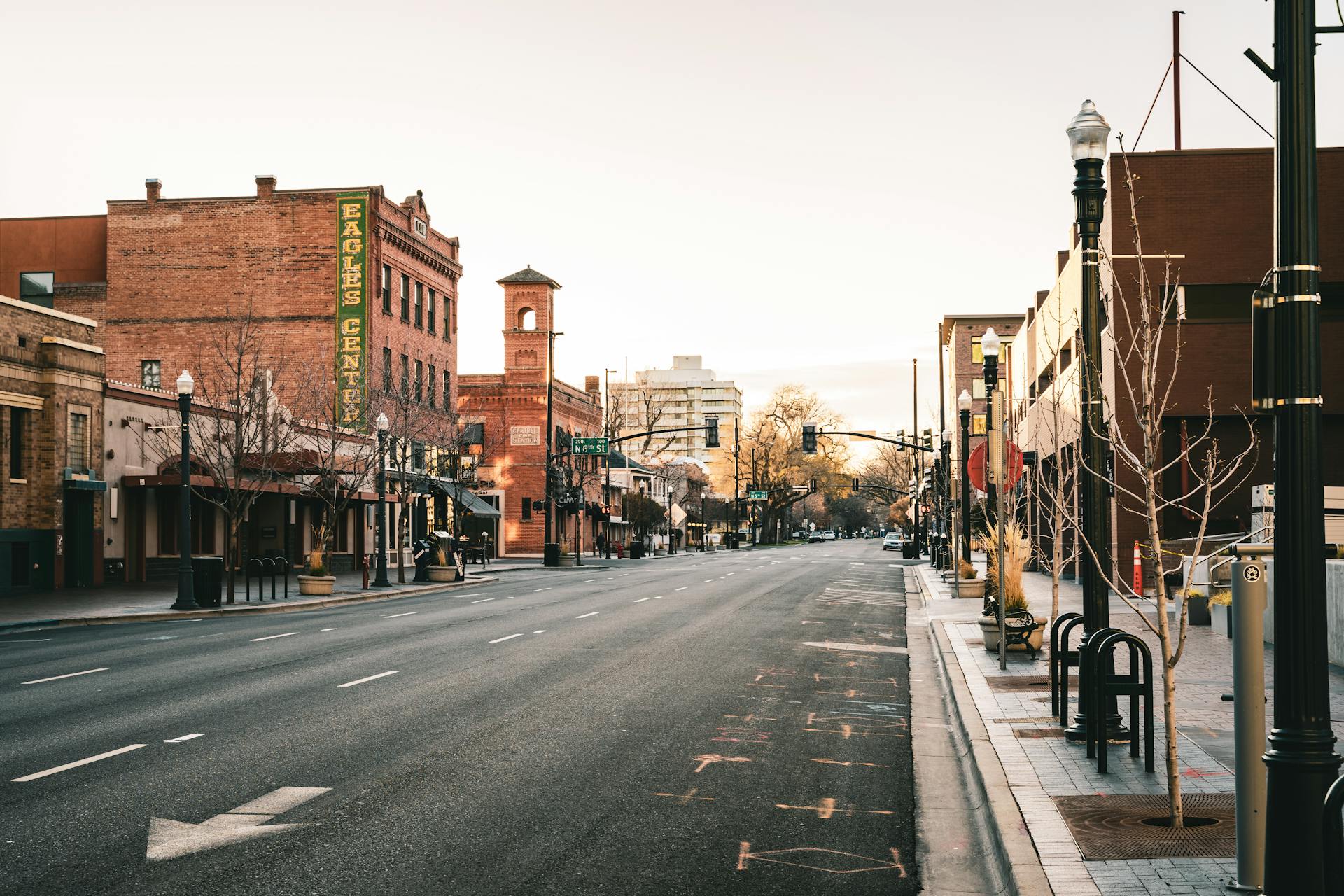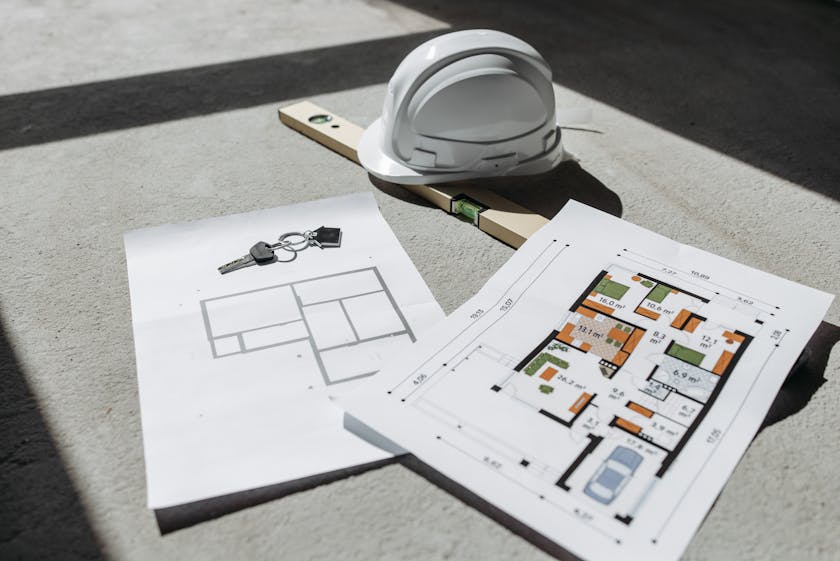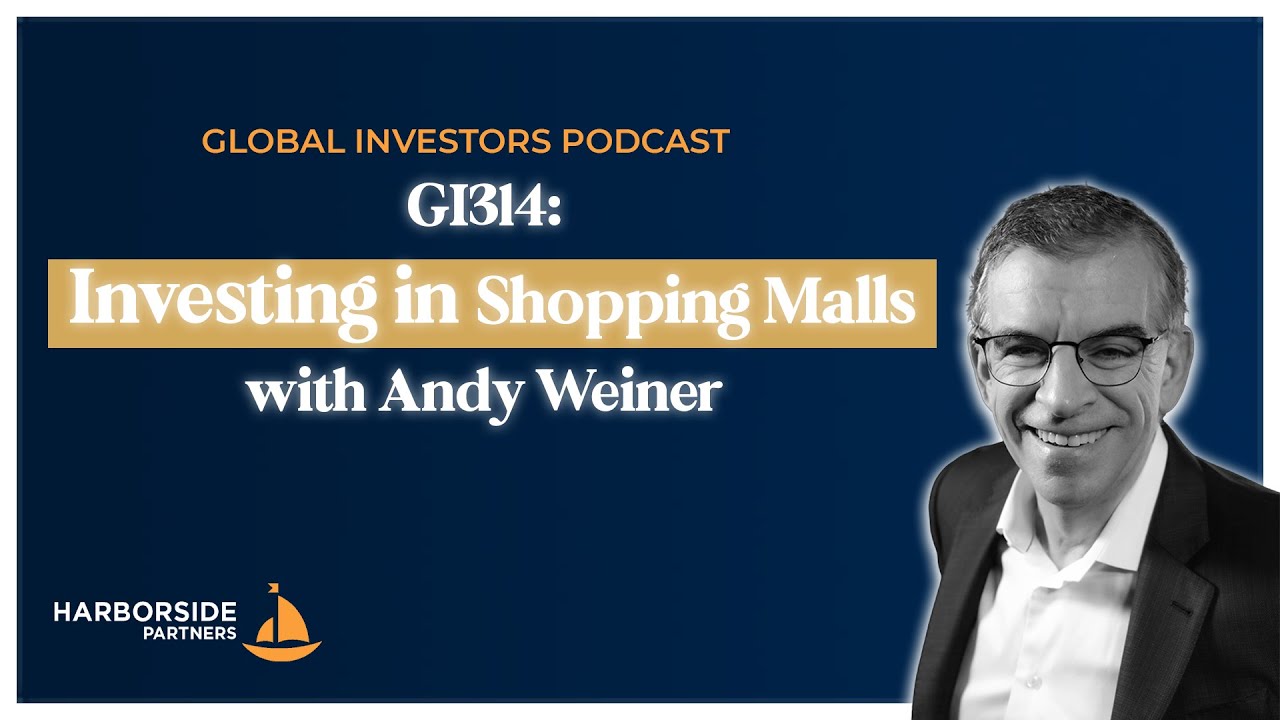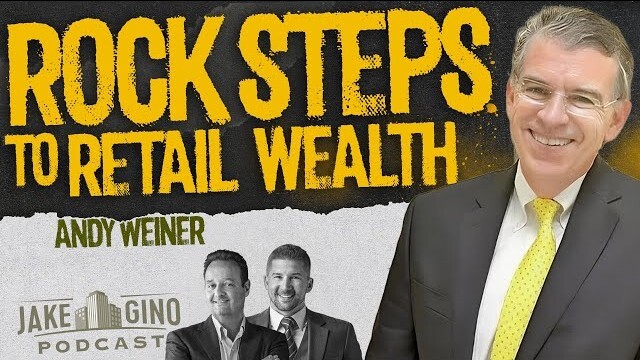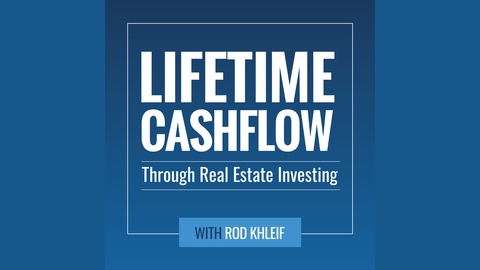Where We Buy Podcast: RockStep's HomeTown Investment Strategy
July 2nd, 2025
4 min read

Note: This episode is also available on platforms like Apple Podcasts and Spotify.
In a recent episode of "Where We Buy," Andy shared a candid and detailed look at the firm’s strategy for transforming shopping centers, particularly in secondary and tertiary markets. Speaking with host James Cook, Weiner laid out a philosophy rooted in community alignment, grounded real estate fundamentals, and a company culture as distinctive as its name.
Investing In HomeTown Markets
RockStep Capital’s portfolio spans 11 states and comprises grocery-anchored centers, open-air power centers, and 14 enclosed malls. But the thread tying all these assets together is their location in what Weiner calls “HomeTown markets.”
“We are shopping center investors based in Houston. Assets in 11 states have built or acquired in the last 28 years, approximately 10 million square feet of shopping centers… Our focus is primarily what we call hometown markets, secondary, tertiary markets that have what we call a hometown characteristic or a group of characteristics.”
The draw to these markets isn’t just about pricing. It’s about strategic alignment and risk control.
“You can buy the same credit quality TJ Maxx credit at 30, 40% less. And if they’re at $7 or $9 a foot in rent, the chance of them at the time of option renewal, jumping across the street is minimis. In a major metro where in a market they might have five options… do you really underwrite that $15 going to $16 or $15 going to $13?”
How RockSteps Uses A Retailer's Eye For Real Estate
Before founding RockStep in 1997, Weiner spent years running operations for a chain of 159 apparel stores. That foundation as a retailer shapes how he evaluates retail real estate.
“Retail is about meeting people’s needs. A retailer drives trips and a shopping center is a collection of retailers that drive trips. Those trips have been threatened by Amazon and COVID. So the nature of driving trips has changed.
When we look at an asset, I walk the walls of every single store in that asset… you can get a sense of the ability of a retailer to finance and actually inventory and display the square footage… Can they survive high-low? Can they survive EDLP? Do they have a great bricks-and-mortar fleet, a robust e-commerce platform, and a strong app? If they’ve got those three things, they’ve got a shot.”
Community Equity And Community Insights
A core tenet of RockStep’s enclosed mall strategy is involving local investors, not as a token gesture, but as a requirement.
“We require, as part of our due diligence, that we get local business leaders to be part of our equity. They are deputized leasing agents because they’re on the board of the community college, the hospital district, or the economic development district.
Oftentimes, you’re buying great real estate cheap. Sometimes the strategy is you shrink the amount of retail and look for alternative uses. Your investors are piped into the alternative uses. They know what is happening in the market in a way much better than we would.”
That local equity model helps reduce risk in projects from multiple angles.
Strategic Demalls, Hybrid Models, And Realistic Returns
Weiner sees a Chevrolet, not a Land Rover kind of future for many enclosed malls, and he’s not afraid to pivot.
“Of our 14 malls, we’re demoing six of 'em and soon to be seven. Sometimes malls work with retail just fine. Sometimes you shrink retail and put in other types of uses. Sometimes you demolish most of the mall. It depends.
You buy a property at a 15 cap, sell a various piece at a 6, 7, 8 cap, pay down debt, pay back equity. That’s what we’re doing.”
He is also cautious in underwriting deals, insisting on strong base cases before assuming any upsides.
“We underwrite what’s called a base case. And the base case says nothing good is going to happen: no tax breaks, no consents, no approvals. And it’s got to underwrite at a mid-teens to high-teens IRR at a base case. Then over the next 2, 3, 4 years, you work on doing what we call the ups.”
The Foundation: The RockStep Rules
The company’s name, “RockStep,” originates from a swing dance move, and it’s also a verb used within the firm.
“When you do swing dancing, you rock step when you switch direction. We use it as a metaphor because our company wants to be nimble. We want to be light on our feet, we want to listen to the music in the industry. And when there’s an opportunity, we want to switch directions.”
This ethos is formalized in 25 behavioral principles called “RockSteps.” They’re discussed weekly, applied to internal decisions, and even used as a guide during the hiring process.
“RockStep number one: Do the right thing, always.
RockStep number three: Be punctual. On time is five minutes early.
RockStep 24: Keep family first.
And then there are the ones I struggle with. Number four: Be a fanatic about response time. Number seven: Listen generously. My wife will confirm I’m not the world’s best listener. Number 25: Have fun. My wife will tell you I take the fun out of fun.”
Weiner takes these rules seriously.
“As a result, I believe we have a very high-performance team. We’ve got people from Blackstone, CBL, Brookfield, all who want to be part of an owner’s manual that is focused on performance.”
Examining The Bigger Picture Of RockStep's Mission
At its core, Weiner believes RockStep’s approach is about legacy, working with communities to turn around distressed properties with realistic, lasting solutions.
“We’re coming in and we’re putting a community team together… We’re going to rename it, put new skin on it, have an engine to really drive the performance. And we do it just from a coordinated community-based strategic approach.
There’s a tremendous amount of instability in our world. And in the enclosed mall disposition space, the next 15 to 18 months is going to be great.”
He also teases a possible 26th RockStep.
“We’ve never added one in nine years, but we’re assessing it. I think it should be: Make a difference.”
Topics:






